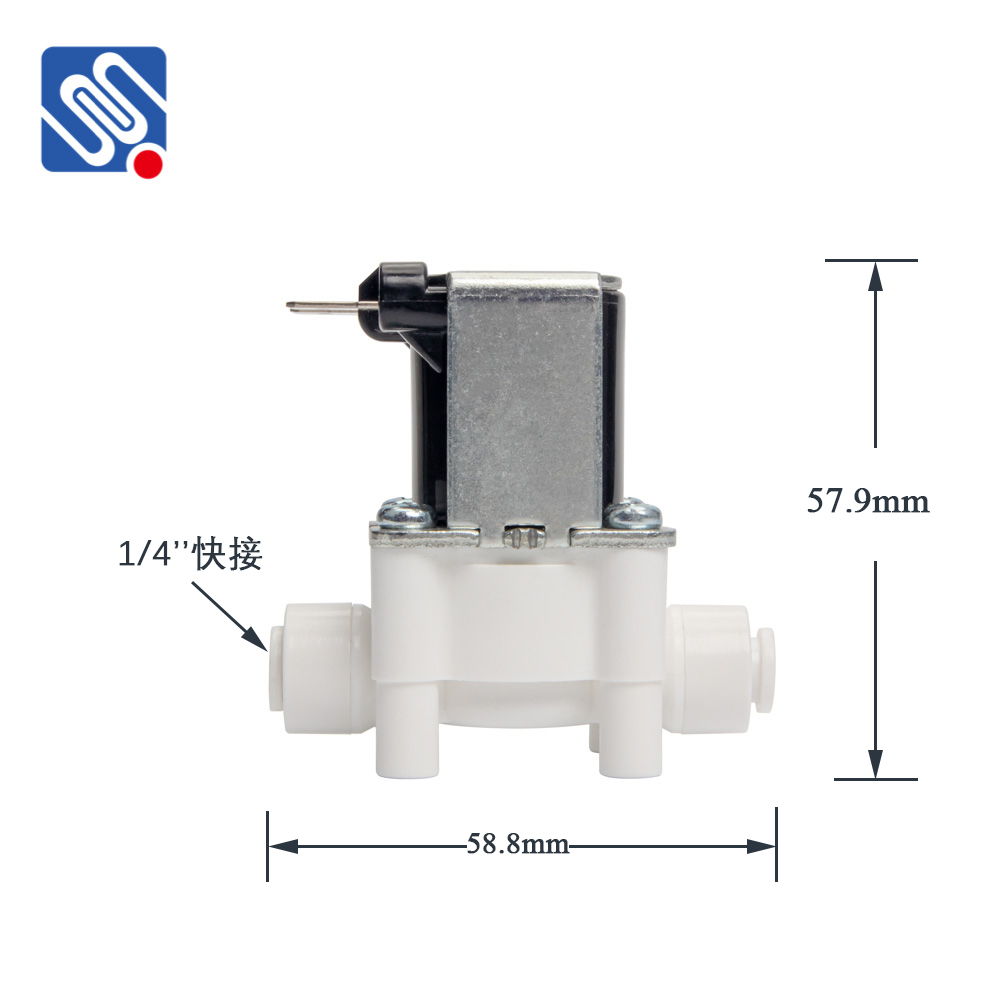A Normally Closed Solenoid Valve (NCSV) is an essential device widely used in fluid control systems. As its name suggests, this valve remains closed in its default state (when no power is applied) and opens when the solenoid is energized. This characteristic allows it to play a critical role in applications where precise control over the flow of fluids—be it gases, liquids, or slurries—is required. In this article, we will explore the working principle, applications, advantages, and considerations of Normally Closed Solenoid Valves.

Working Principle of Normally Closed Solenoid Valves At the heart of a Normally Closed Solenoid Valve lies a simple yet effective mechanism. The valve consists of a solenoid (an electromagnetic coil), a plunger, and a valve seat. In the default state, the solenoid is not energized, and the spring mechanism holds the plunger against the valve seat, keeping the valve closed. This is known as the “normally closed” position. When an electrical current flows through the solenoid, it generates a magnetic field that pulls the plunger away from the seat, thus opening the valve and allowing the fluid to pass through.